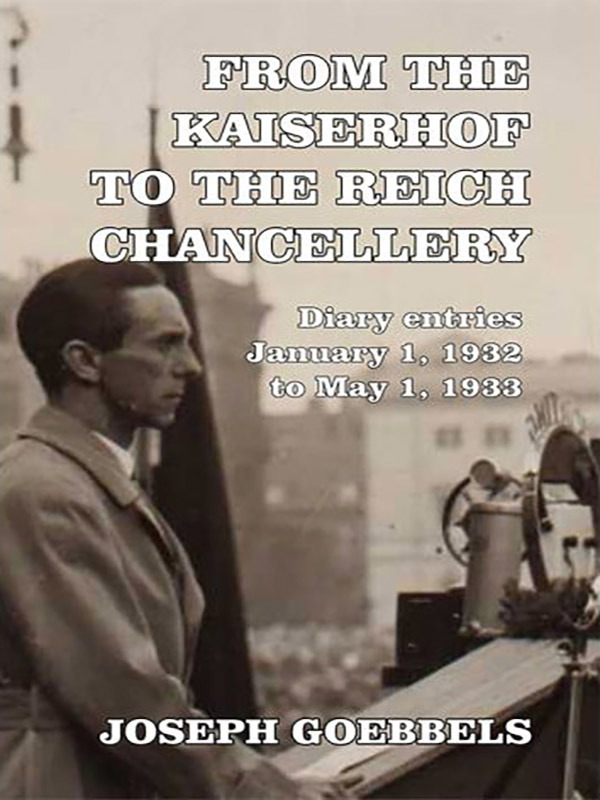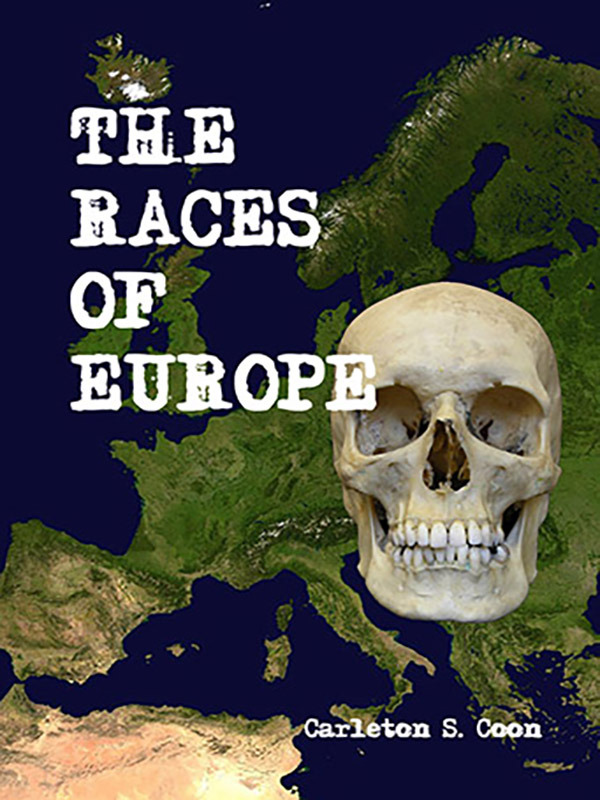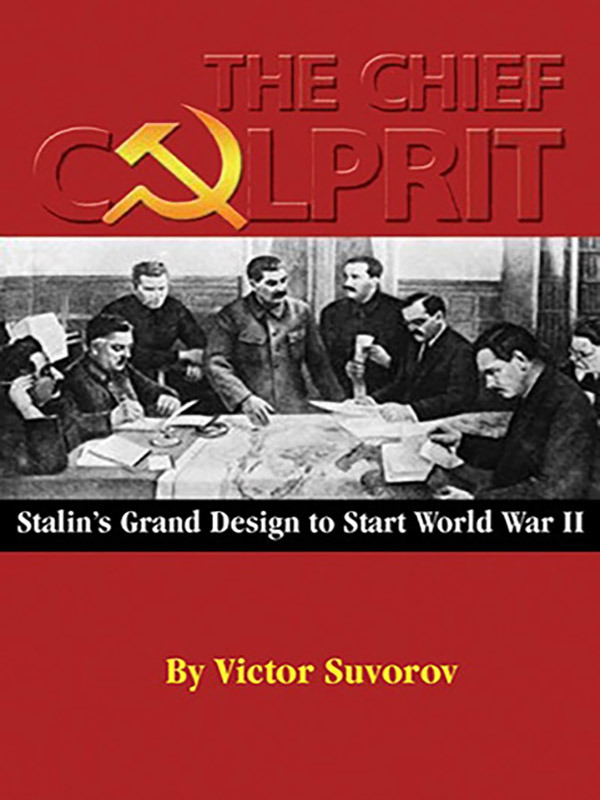Guarding the Führer: Sepp Dietrich & Adolf Hitler
By Blaine Taylor. German leader Adolf Hitler was one of the most controversial politicians and military commanders in all history. His life was conspired against by all manner of enemies, both foreign and domestic: German communists, Russian communists, political and military opponents, rival Nazi leaders and the intelligence services of the Allied powers, among them the British Special Operations Executive, who was in charge of organizing uprisings against foreign leaders.
Dozens of attempts were made on his life over the course of two decades, including a bomb explosion in his own headquarters—and yet, he survived them all.
From the Kaiserhof to the Reich Chancellery
By Joseph Goebbels. A rare look into the Third Reich—back after 65 years! Nazi propaganda minister Joseph Goebbels’s diaries from January 1932 to May 1933, which provide a firsthand chronicle of the tumultuous time during which Adolf Hitler propelled himself from his civilian headquarters at the Kaiserhof Hotel into the office of Chancellor of Germany.
This was true history in the making, as each day’s entry was written as it happened, rather than an overview of the entire process. This allows the reader to experience the events exactly as the author did, never knowing from one day to the next what the following day’s turn of events would be.
Adolf Hitler and the Third Reich
By Stephen Goodson. Adolf Hitler and the Third Reich: An Illustrated Guide. Did you ever wonder what Hitler’s Germany was really like? Have you ever wanted to explain it to a friend… or student… or colleague? Now you can give someone a great introduction to the subject. This lavishly illustrated booklet was written and assembled by South African scholar Stephen Goodson and The Barnes Review.
Jewish Emigration from the Third Reich
By Ingrid Weckert. Current historical writings dealing with matters related to the Third Reich paint a bleak picture. This applies especially to writings that deal with the Jewish ethnic group. To this day there are still accounts of the Jewish emigration that depict it as some kind of clandestine operation—as if the Jews who wished to leave Germany had to sneak over the borders in defiance of the German authorities, leaving all their possessions and wealth behind.
The truth is that the emigration was welcomed by the German authorities, and frequently occurred under a constantly increasing pressure.
The Races of Europe
By Carleton Stevens Coon. The Races of Europe was one of the most important anthropological overviews of European racial types ever published. Although some of its conclusions have since been eclipsed by DNA studies (unavailable at the time of its publication in 1939), this work remains a standard in racial typology.
The East Came West
By Peter J. Huxley-Blythe. The Cossacks, and more than a million Russians, fought against Communism during World War II, and they still hate Communism today. But they are not pro-American nor are they pro-West.
While researching material for the writing of The East Came West, Mr. Peter J. Huxley-Blythe discovered why these people do not trust the United States or Great Britain. When the war in Europe ended, millions of Russian men, women and children sought sanctuary in the West.
The Chief Culprit: Stalin's Grand Design to Start World War II
By Viktor Suvorov. The Chief Culprit: Stalin's Grand Design to Start World War II. Bestselling author Victor Suvorov probes newly released Soviet documents and reevaluates existing material to analyze Stalin's strategic design to conquer Europe and the reasons behind his controversial support for Nazi Germany.
A former Soviet army intelligence officer, the author explains that Stalin's strategy leading up to World War II grew from Vladimir Lenin's belief that if World War I did not ignite the worldwide Communist revolution, then a second world war would be needed to achieve it.








